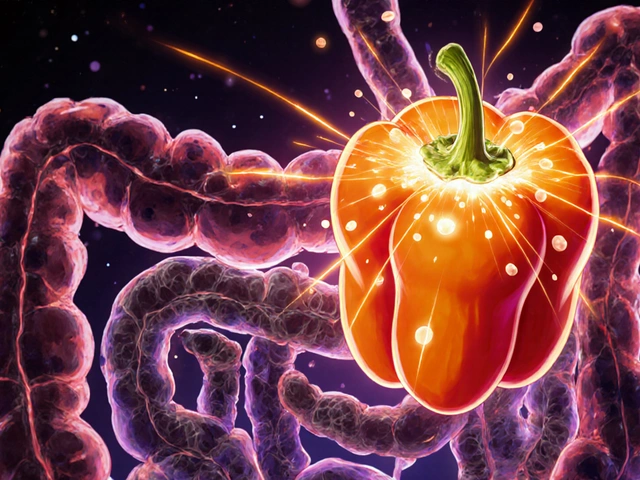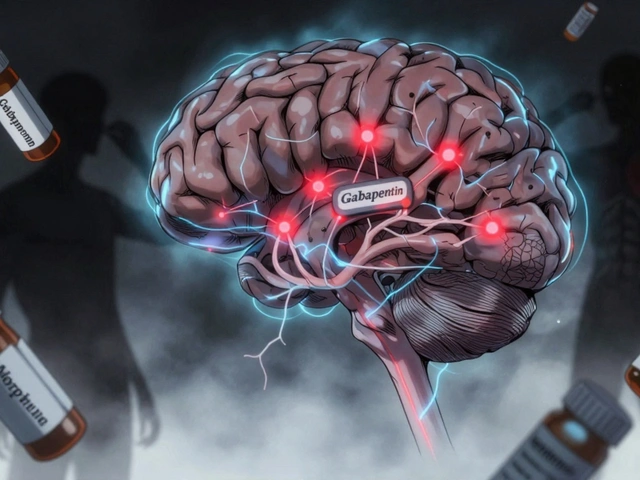Sodium – What It Is, Why It Matters, and How to Use It Right
When you hear the word “sodium,” you probably think of table salt. That’s because sodium is the main mineral in the salt we sprinkle on food. But sodium does a lot more than add flavor. It helps keep your blood pressure stable, moves water in and out of cells, and makes sure nerves fire correctly. In short, your body needs sodium to work properly, but too much can cause problems.
How Much Sodium Do You Really Need?
Health experts agree that most adults should aim for less than 2,300 mg of sodium a day – that’s about one teaspoon of salt. Some groups, like people with high blood pressure, are advised to stay under 1,500 mg. Think of it as a daily budget: you get a certain amount, and you spend it on the foods you love.
What’s easy to overlook is that sodium isn’t only in the salt shaker. Processed foods, canned soups, sauces, and even some breads hide sodium in plain sight. Checking nutrition labels can help you see where the hidden sodium is coming from and keep you within your budget.
Good Sources vs. Hidden Sources
Whole foods give you sodium in a balanced way. Fresh vegetables, fruits, lean meats, and dairy contain natural sodium that works well with other nutrients. For a quick boost, a pinch of sea salt on grilled chicken or a splash of soy sauce can add flavor without overdoing it.
On the flip side, fast food, frozen meals, and snack packs often load up on sodium to preserve flavor and shelf‑life. One single serving of a typical frozen pizza can hit more than half your daily limit. If you love these foods, try portion control or look for “low‑sodium” versions.
Hydration matters, too. Sodium and water go hand in hand – you need enough water to help your kidneys flush out excess sodium. Drinking plenty of plain water, especially after a salty meal, can keep your balance in check.
Signs of Too Much or Too Little Sodium
When you overdo sodium, you might notice swelling in your hands or feet, frequent headaches, or a rise in blood pressure. If you’re feeling thirsty all the time, that could also be a clue your body is trying to dilute extra salt.
On the other hand, low sodium (hyponatremia) is rarer but can happen if you drink too much water without enough electrolytes, or if certain medications cause you to lose sodium. Symptoms include nausea, dizziness, and muscle cramps. If you suspect any of these, it’s best to talk to a health professional.
Easy Ways to Balance Sodium in Everyday Life
1. **Season with herbs and spices** – garlic powder, paprika, lemon zest, and fresh herbs give flavor without adding sodium.
2. **Choose fresh over processed** – cooking from scratch lets you control how much salt goes in.
3. **Read labels** – look for “sodium‑free” or “no added salt” claims, and compare brands.
4. **Rinse canned foods** – a quick rinse of canned beans or vegetables can cut sodium by up to 40%.
5. **Watch portion sizes** – even a salty snack can fit in your day if you keep the serving small.
Balancing sodium isn’t about cutting it out completely; it’s about staying aware of where it’s coming from and making smarter choices. By knowing the basics, you can keep your body happy, your blood pressure steady, and still enjoy tasty meals.
Got a favorite low‑sodium recipe or a tip that works for you? Share it in the comments – the community learns best when we all pitch in.






